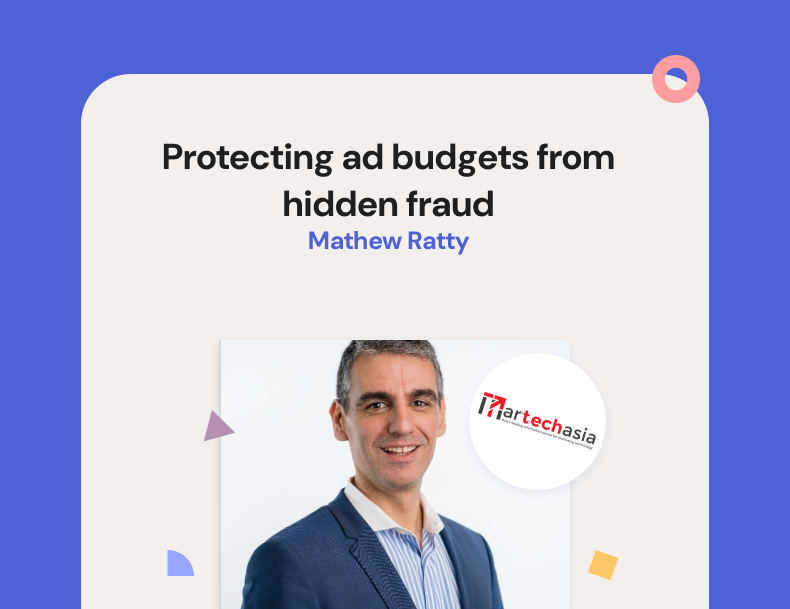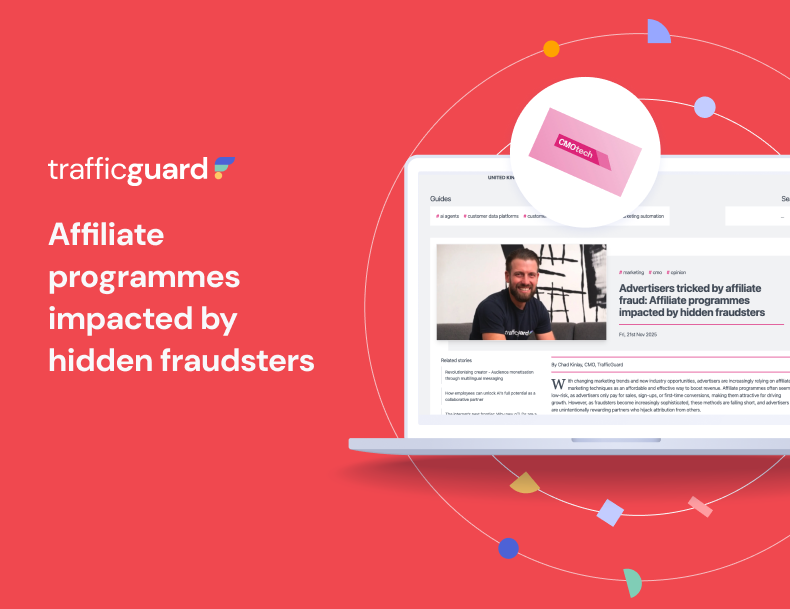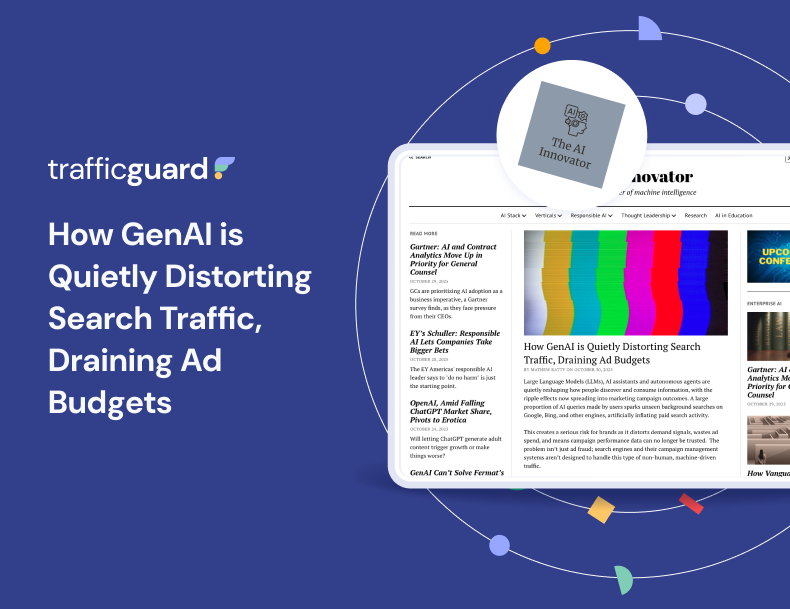Google's PMax: Without Real Transparency Ad Spend Could Be for Naught

In this op-ed, Matthew Ratty, CEO of TrafficGuard (pictured) explains that When Google announced Performance Max (PMax), it seemed like the answer to every marketer’s dream. But something has gone awry.
PMax offered marketers the chance to drive efficiency, performance and better ROI across all of Google’s channels including YouTube, Search, Shopping and Discovery.
At the core of the PMax promise was Google’s AI, making decisions on everything from bidding, to creative, to search query matching and media environments. For many marketers, this even helped open the door to experimenting with innovation in online videos, such as YouTube Shorts.
However, akin to all AI and machine learning-driven advertising platforms, whether originating from Google, the Trade Desk, Yahoo, or numerous others, PMax requires that marketers place trust in the enigmatic algorithmic ‘black box.’ This calls for a dose of prudent scepticism.
The problem with all black box systems is marketers are at the mercy of the algorithm. In the case of PMax, where Google manages everything, it requires an even higher level of faith in the system. Limited granular reporting in PMax means that while you get broad campaign insights, you won’t be able to see if it’s display, search, video, or shopping ads driving your clicks and conversions.
This would be great if the world was perfect or if you only spent money on Google channels. But marketing is complex, with multiple media partners in any one campaign, and we all know from experience that industry opacity can be exploited to the detriment of marketers and their budgets.
Transparency and accountability are indispensable for marketers to operate with utmost effectiveness. This is why we think marketers should have access to expert analysis allowing them to make more informed decisions about PMax and all AI-driven optimization platforms.
INVALID TRAFFIC IS TARGETING PMAX CAMPAIGNS
It should come as no surprise that bad actors are shifting their focus from general programmatic fraud to targeting campaigns with no insights. The recent supply chain study conducted by ANA demonstrates that there is waste and inefficiency in the existing programmatic supply chain.
PMax is no exception, with the same underlying risk from invalid traffic (IVT) as we have seen on traditional programmatic campaigns. For the purposes of this piece, the definition of invalid traffic is traffic that neither contributes to incremental growth nor originates from human sources, encompassing entities like bots and data centres.
In the realm of traditional programmatic, invalid traffic and click fraud occur on a daily basis, spanning search, mobile, and affiliate campaigns.
For context, in search, we have seen between 5-15% of search clicks come from bots seeking to exploit paid search campaigns to sign up or claim incentives within the ads or worse, deliberately exhausting clients’ search budgets as a “competitive” tactic.
Of course, not all instances of invalid traffic bear malicious intent. For instance, we found that 97 per cent of one user’s Google ad budget was being consumed by returning users who were just using Google as a front door to click on a paid ad to log in to their account.
In the mobile domain, the figures we observe are even more worrying, especially for app install campaigns within sectors like car sharing and food delivery.
Instances of fraudulent app installs have surged to alarming rates, reaching up to 50 per cent and, for one client, the claimed clicks and installs exceeded the population of the targeted geography in a week!
When addressing affiliate fraud, specifically for high-payout categories such as sports and sports fantasy betting as well as subscription and entertainment services, we have seen click fraud and affiliate cookie stuffing through malevolent browser extensions siphon away $100,000 of affiliate payouts per month – harming marketers and publishers. Both those marketers and publishers that are being targeted should be concerned, especially with so many publishers pivoting to affiliate sources to offset general advertising challenges.
What we have observed on PMax is a mix of both new fraud tactics and some of the same types of invalid traffic and fraud that we see across programmatic.
As with most AI systems, PMax assumes every “user” engagement is positive in intent. When bad actors exploit this and create fake intent signals, it can end up training the algorithm to optimize towards the source of the invalid traffic. This results in wrongly optimized campaigns that divert and deplete advertising budgets by driving more fake engagement and conversion events.
To be fair, this is not malfeasance by Google or PMax, however, when AI is optimising towards invalid traffic, budgets can be exploited when there is opacity and no real-time third-party oversight and intervention.
PMax is simply a microcosm of what happens across the entire internet. The challenge lies in marketers who employ AI buying systems without independent third-party auditing and analysis, increasing the risk of simply pumping money into a high-speed AI-optimized ‘invalid traffic machine’.
Read more 👉 Google's PMax: Without real transparency, ad spend could be for naught
Get started - it's free
You can set up a TrafficGuard account in minutes, so we’ll be protecting your campaigns before you can say ‘sky-high ROI’.
At TrafficGuard, we’re committed to providing full visibility, real-time protection, and control over every click before it costs you. Our team of experts leads the way in ad fraud prevention, offering in-depth insights and innovative solutions to ensure your advertising spend delivers genuine value. We’re dedicated to helping you optimise ad performance, safeguard your ROI, and navigate the complexities of the digital advertising landscape.
Subscribe
Subscribe now to get all the latest news and insights on digital advertising, machine learning and ad fraud.







